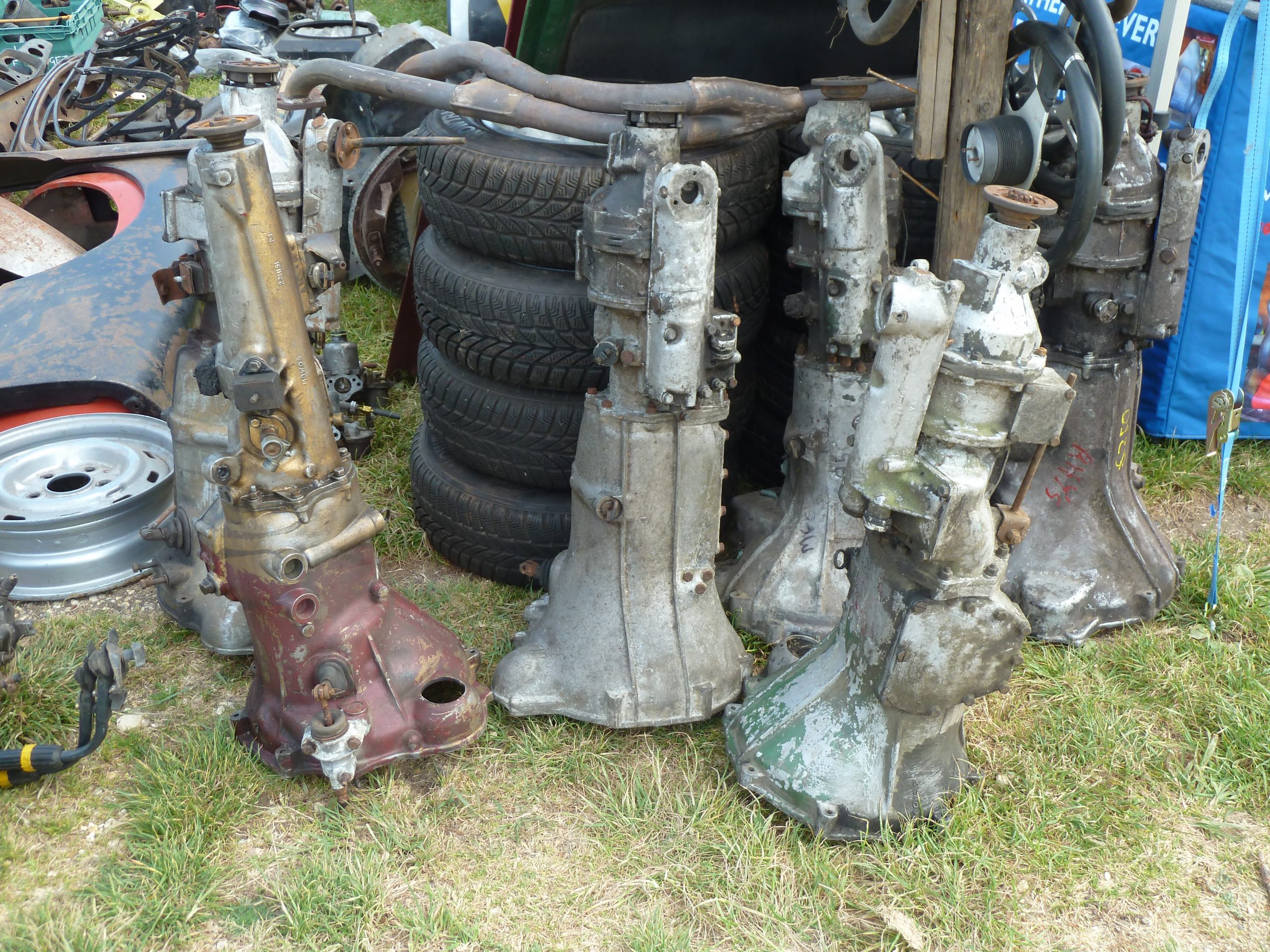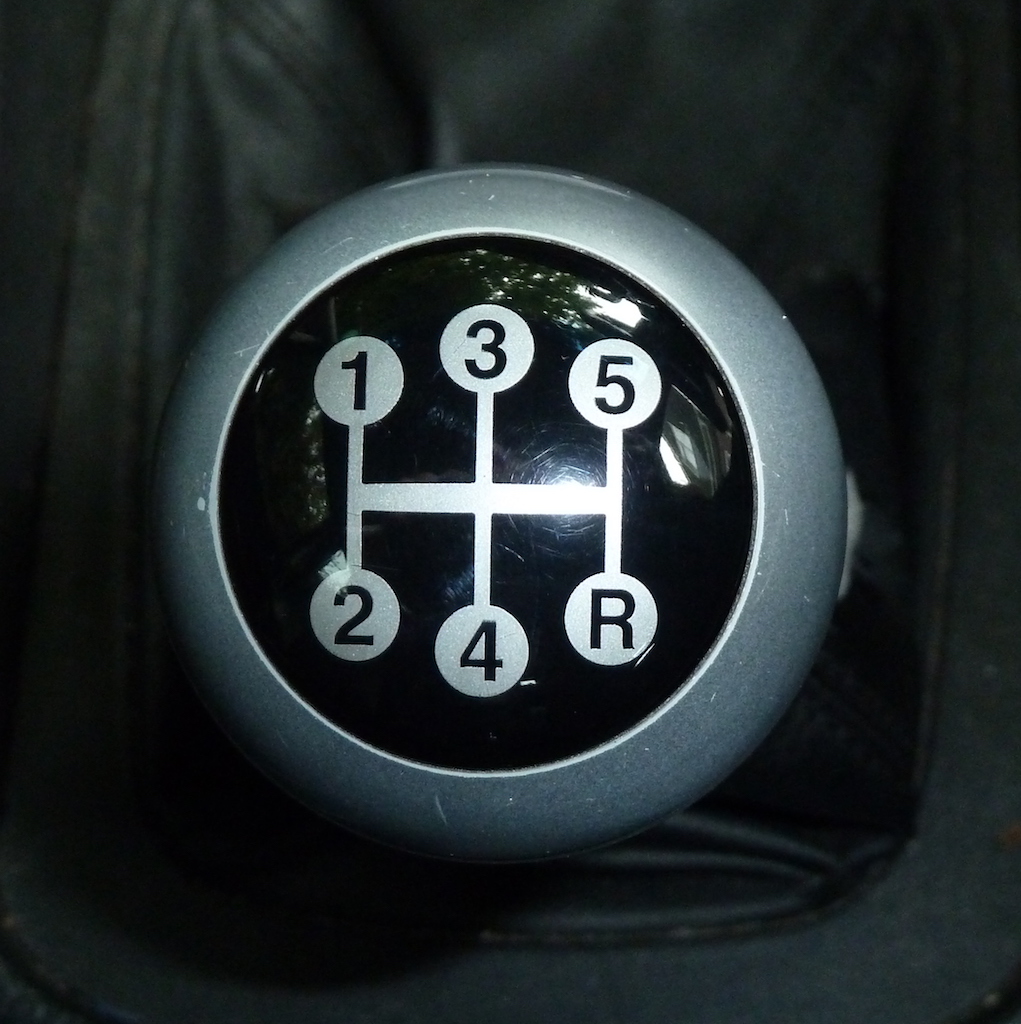Time for a (gear) change? Dave Moss discusses the possible/likely/inevitable (?) decline of the multi-ratio gearboxes that we have used since motoring began…
Although cars have undergone remarkable changes in the 125 years they have been moving mankind around, continued use of internal combustion engines has ensured the survival of one particular heartache-inducing component. To the delight of learner drivers everywhere, the replacement of fossil-fuelled cars by electric vehicles will eventually achieve what no amount of expert development or improvement could – the consignment of that frustratingly unsympathetic device politely called the manual gearbox into the history books.
This cornerstone of British motoring life is becoming unnecessary simply because electric motors operate on entirely different – and much more efficient – principles than Internal Combustion Engines. Skipping the technicalities, a drive-able match between ICE engine power output and pulling ability – and endlessly varying road conditions is impossible… if the relationship between engine speed and road speed is permanently fixed.
Gearboxes allow optimisation of that connection between engine and road to best suit power delivery characteristics, thus providing a practical, driveable match. This has led to manual gearboxes containing up to six gears typically, to offer drivers – and possibly their egos – an increasingly agreeable relationship between engine performance and road conditions. Except in extreme situations, vehicle electric motors – particularly when controlled by modern electronic systems – deliver their performance without needing gearboxes.
As you’ve probably noticed, motoring life is rarely straightforward, and multiple gears naturally demand a means of allowing drivers to choose whichever is best suited to ever-changing road conditions. These mechanisms are invariably more complex than they sound, although their feel and precision has improved immeasurably over time. If you’re learning to drive in a manual gearbox car, going uphill and needing to “change down”, today things are relatively easy. Early automotive gearboxes were primitive things, and the change-down routine commonplace for perhaps half the time motor cars have existed involved the skilful art of “double declutching” to facilitate the quiet sliding together of the various cogs involved.
Contemplate a down-change like this… Clutch down, slip into neutral, clutch up, rev engine, clutch down, select the new gear, clutch up… and resume acceleration. Only if the whole procedure was perfectly timed would the change be completed without the painful sound of grating gears. Not without good reason were early 20th century gearboxes known as “crash” boxes…
Apparently tomorrow’s drivers don’t intend to shed any tears over a hundred years of mechanical motoring history. It seems that manual gearboxes are already marked out as yesterday’s technology – for recent research by road safety charity IAM RoadSmart discovered that the arrival of EVs is already radically influencing younger driver attitudes. The ending of petrol and diesel car sales from 2030, and the absence of manual gearboxes in EVs, prompted 61% of the 1,000 17-24 year olds questioned to say that they already plan to apply for an automatic-only driving licence.
Future drivers and boy racers will never know what they have missed, for there have been innumerable highs and lows in gearbox and gearlever mechanism designs over the years. The widespread adoption of “synchromesh” was the key turning point, for its magic eventually banished “double declutching”. It wasn’t a universal fitting for first gear until well into the 1970s, however, and new drivers buying bargain-basement cars continued grappling – and grating – with old-style gearboxes long afterwards…
Various gearchange peaks and troughs came in the 50s, 60s and 70s. Steering column gearshifts made the post war transatlantic crossing in accompaniment to bench-style front seating, and demanded convoluted mechanical arrangements for gearbox connections. This made quick cog-swapping difficult, as lever movements were – mostly – long, vague and springy, though Ford reached a passably efficient peak with their 3 speed Consul, Zephyr and Zodiac system. Vauxhall’s competing PA Velox and Cresta series column change was the opposite, being er, vague – and worsening with age. Some makers offered optional column or floor change, the latter providing interesting times on those three-abreast front seats – though direct gearbox connection resulted in much improved change quality.
The all-new front drive Mini courted criticism in 1959 with it’s long, straight magic wand of a gearlever – simultaneously both vague and operationally awkward. It was soon “cranked” to (slightly) improve operation, though several later BMC and BL front drive cars further plumbed gearchange quality depths – especially some Allegro and Maxi models. Even years later the wedgily styled Princess range still sported an ill-defined pudding-stirrer gearchange…
Early 60s Triumph Herald and Vitesse models offered remote control gearchanges with a wear rate as phenomenal as the resulting amount of slack gearlever travel. Then, in 1968, Ford’s new Escort appeared with a delightfully light, smooth, flickswitch gearlever action, and well-defined gate. It became the aspirational standard for future gearchange quality.
Another largely forgotten but related anachronism is overdrive, a particularly complex and expensive way of offering higher gearing where it might improve fuel economy – or extend high speed performance. Though a fifth or sixth gear has replaced it today, overdrive’s advantage – subject to manufacturers enabling it – was its ability to turn four speed gearboxes into seven speed units – and three-speeders into five-speeders. Not that it was always as easy or convenient to operate as simply selecting another gear…
This requiem wouldn’t be complete without mentioning automatic gearboxes – the closest ICE-engined approach to seamless EV progress. Here too development has improved the breed, for the days are not long gone when automatic fuel consumption bettering 20 mpg in any circumstances counted as remarkable. Current automatics offer massively improved efficiency, change quality, and economy, though their history is punctuated by some now thankfully vanished “automated manual” aberrations like Saab’s “Sensonic” and Pegueot’s lethargic “2-Tronic”. Special mention goes to Daf’s 1960s belt-driven Variomatic system, dismissed by some as laughable. Yet its principle has survived, and recent examples combine reliability with manual-matching fuel economy – and deliver creamily smooth progress.
As we approach a defining moment in automobile history; losing the gearbox might seem like necessary collateral damage… but those with long memories might say cars will never be quite the same again….

